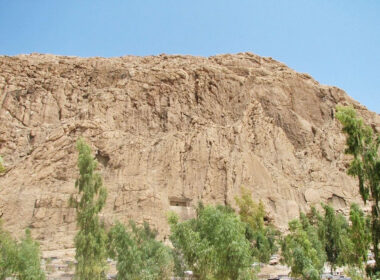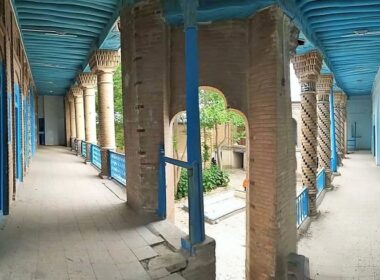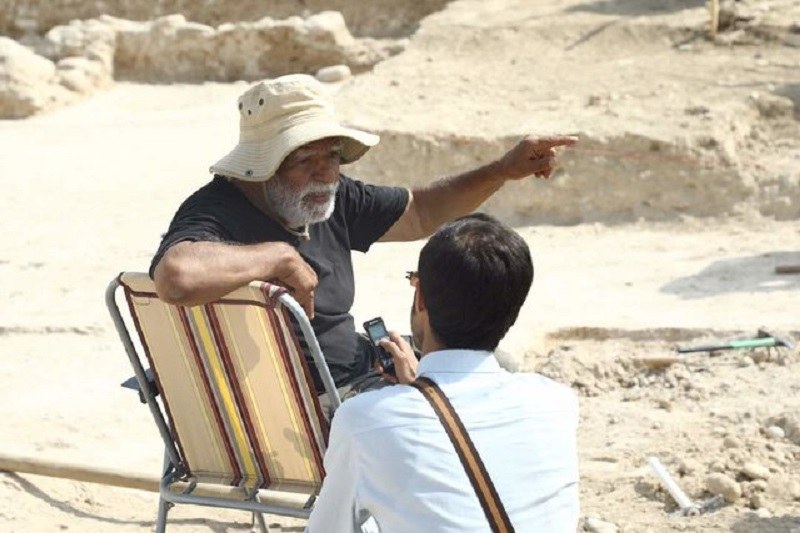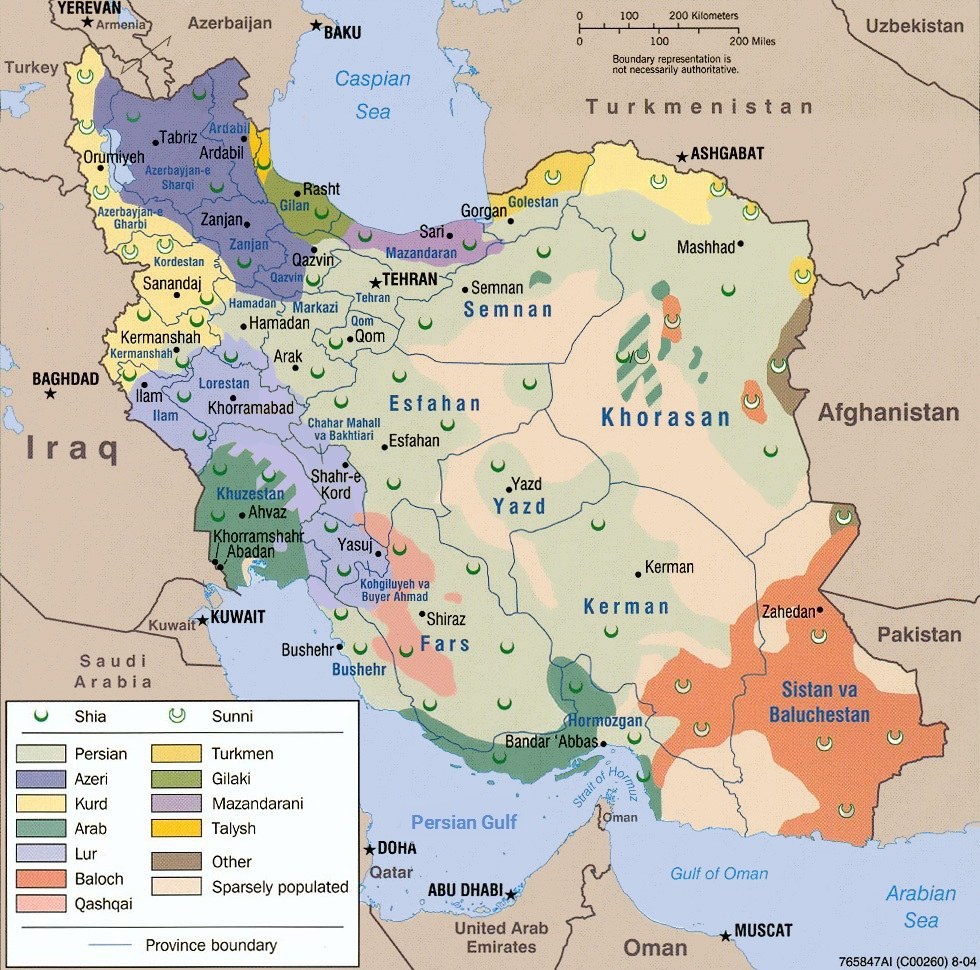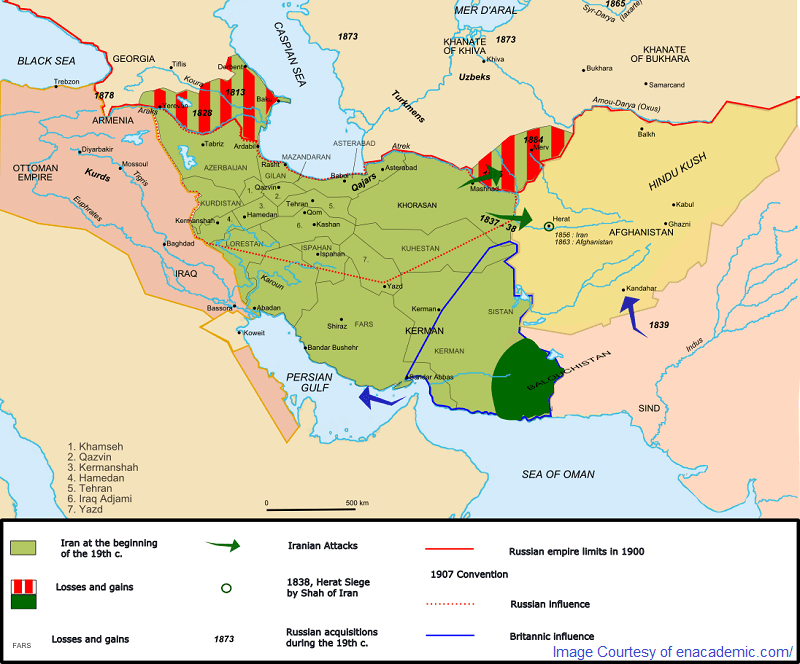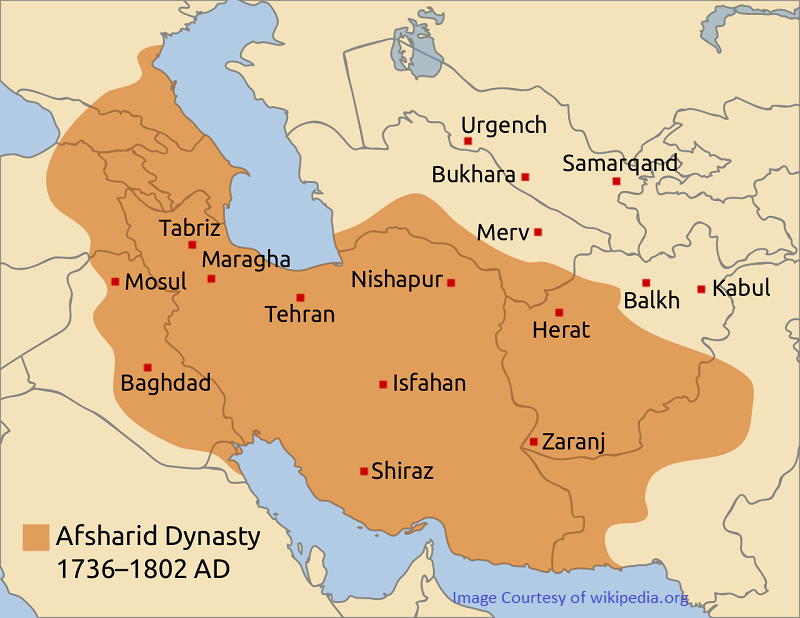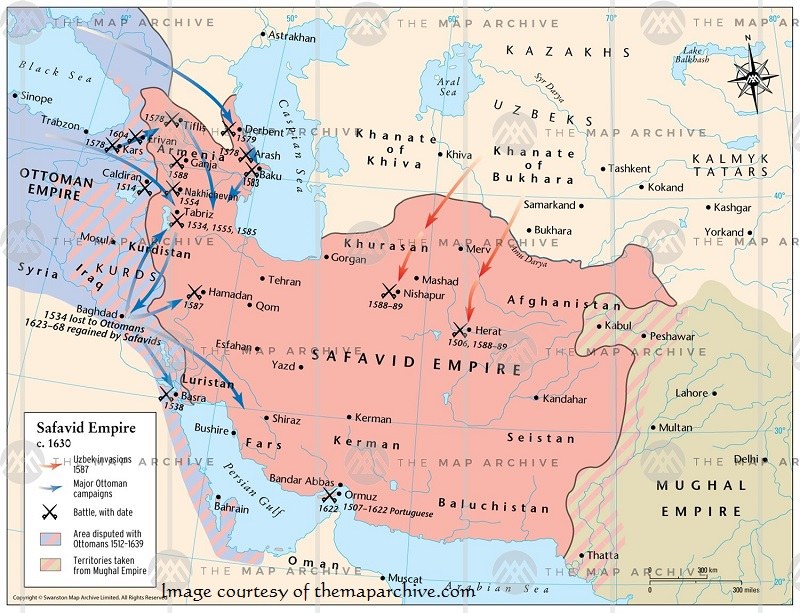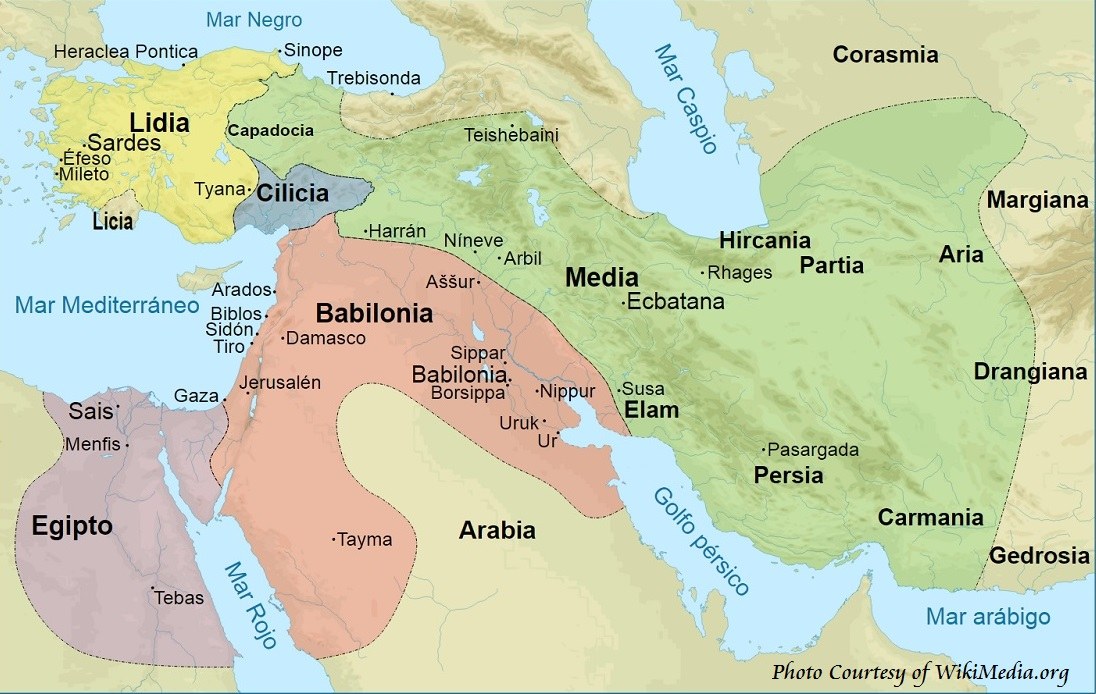
The history of Medes, as we have learned from the Greeks is somewhat colored by Legends. There are stories like the founder of the dynasty had built a palace with seven parallel walls around it and painted each one in a different color. However, there are a huge number of archaeological findings approving the presence of this Aryan tribe ruling in the western part of today’s Iran and some neighboring territories.
As far as the ethnic composition of the Iranian Plateau in antiquity is concerned, it was inhabited by several ethnic elements like Lulubians, Gutians, Caspians, Caucasians, and Urartians. Around the late 2nd Millennium till 1st Millennium, Medes and Persians entered this region. They were both part of the Aryan tribes migrating to Asia and North Europe.
Either peacefully or non-peacefully, through battles or deals, Medes had been entitled the right to stay and use the fertile plains and pastures at the North West of Iran. Persian tribes, who shared the same religion, language, and race with Medes, settled around Karkheh and Karoon rivers, South West of Iran. Therefore, the history of Medes started with some challenges.
The formation of the Median kingdom has certainly been a turning point in Iranian history as it created a model for the cultural and political life of a nation from that time.
Medes and Persians had united with the former inhabitants of the region while preserving their independence. During the 9th to 8th centuries BC, their roles in the region’s developments increased. Eventually, in the 7th century BC, they established their well-grounded ruling system in the region. The history of Medes begins here. Their domain was finally extended from northern Mesopotamia to Bactria.
This union always felt an impending threat from Assyrians in the west, from Urartians in the north, and from Elamites in the south. To secure their settlements, Medes and Persians started building citadels and towers around their villages. This led to flourishing peace and civilization in the region.
Assyrians bought horses from these two tribes when they were solid powers in the regions. At times, when they lost part of their power, the Assyrians attacked them and plundered their cattle. Therefore, the Assyrians were always considered imminent threats as neighbors.
Beliefs during the History of Medes
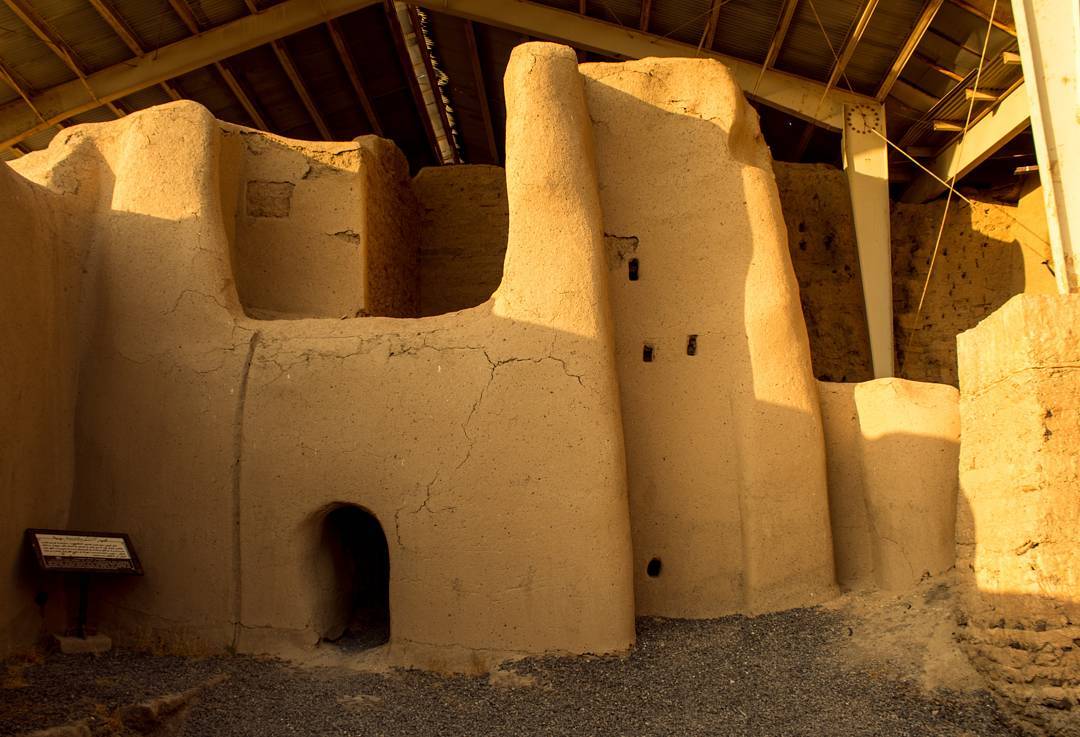
The main religion of the Medes was centered around the worship of Ahura Mazda, meaning the great God. They believed God couldn’t be seen. So, they had made no images or idols of their God. Archaeologists believed they had no temples and merely gathered on hilltops and in the open air to worship him.
Recently, new excavations have discovered a temple with fire altars in it that belong to the Medes in Nushy Jan Tappeh historical mound. This makes religiosity more clear during the history of Medes.
The Magi were the separate tribe of a caste who had the right or privilege to serve as priests. The religion they promoted and people believed in could be some sort of pre-Zoroastrianism or Zoroastrianism itself. This is a controversial topic over which scholars haven’t agreed yet.
History of Medes When Coming to Power
Having gained victory over the Assyrian government in 607 B.C, Medes founded a mighty ruling power in the northwest of Iran with the help of Persians. Deioces is said to have founded Median’s government. Gradually, Medes turned to be a strong rival for Assyrians. He was chosen to establish justice and security for Medes.
Ecbatana, by word, means the place of reunion and it refers to the peaceful life of different ethnic groups and the formation of a solid government at one point. This union consisting of various ethnic elements in the western part of Iran was significantly made powerful by him and became a serious threat to the Assyrians. It was under Phraortes when Medes managed to unite all these groups in the new capital city, Ecbatana.
The history of Medes includes the threats of Scythians. They were the non-civilized mercenaries paid to fight against other nations. They were fighting against the Mesopotamian, Syrian and Egyptian nations to make a living for 28 years. They helped Assyrians to defeat Medes. Later, Cyaxares, the son of Phraortes, managed to put an end to the Assyrian government in Nineveh after a five-year war in 607 B.C. Having helped Medes in their battles against Assyrians, Babylonians turned to be a new ally for Medes.
Expansion of Median Empire
Urartian territories were later added to the Medes Empire. All regions of Elam, Parse, Parthia (Khorasan), and even Minor Asia (Today’s Turkey) were brought under the Medes’ rule. Astyages, the son of Cyaxares, ruled for 35 years and spent his father’s wealth for a luxurious and pleasure-seeking life. Such a lifestyle made him a brutal stone-hearted king who was not popular anymore.
Consequently, toward the end of his reign, Astyages had to fight against the Babylonian king, Nabonidus. In the meantime, he heard of some uprisings by Persians led by Cyrus. Therefore, he had to go back to fight against him as well. This was the beginning phase of the final stage of the history of Medes.
Astyages against Cyrus
The fight against Cyrus took around three years. Finally, the Persian army led by Cyrus defeated the Median army. After defeating Astyages, Cyrus benevolently prevented any revenge against him. Instead, he honored Astyages by imprisoning him in a large mansion for the rest of his life. The history of Medes came to an end here.
Ecbatana was conquered by Cyrus. The Medes Domination reached its end in all parts of the Iranian Plateau. The time had come for the Achaemenians to rule and found a central government in Iran uniting all ethnic groups in the region (449 B.C).
Finally, Cyrus II, who was later titled Cyrus the Great, united all the ethnic groups of the region and founded a central government ruling from Pasargadae, central Iran. Iranians refer to him as the father of their nation. He brought everyone under one flag and treated everyone kindly and generously.
Eventually, one can say although the history of Medes brought some challenges to the people living in the Iranian plateau, it led to larger better-organized ruling systems of the Persian Empire.




